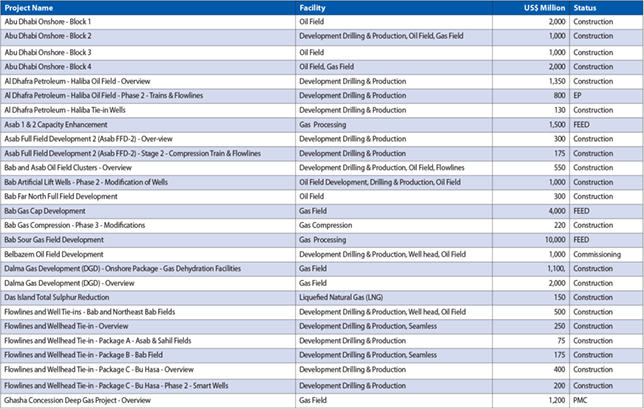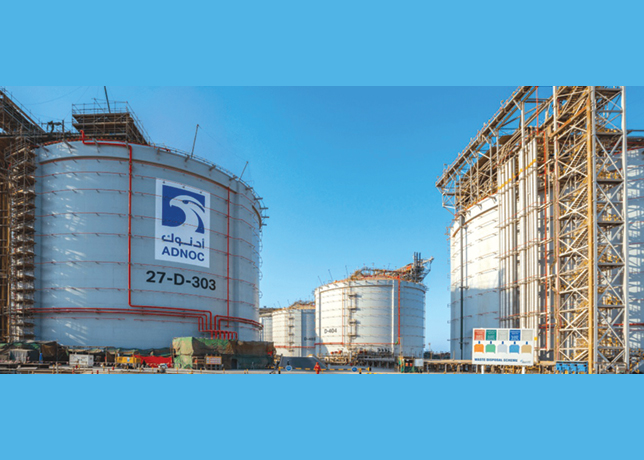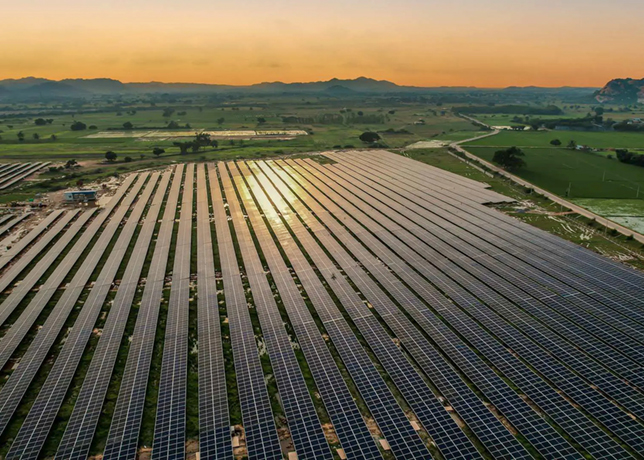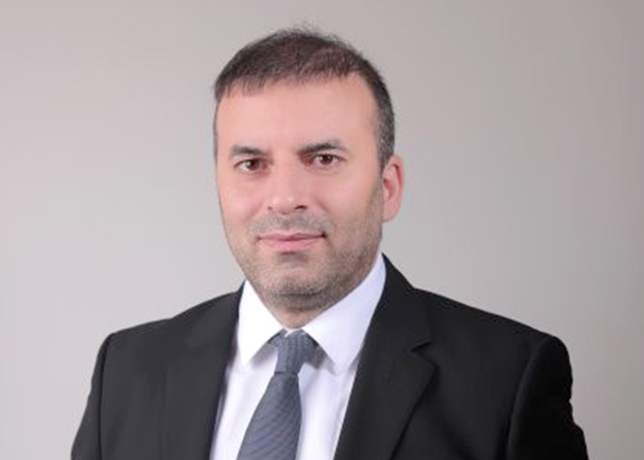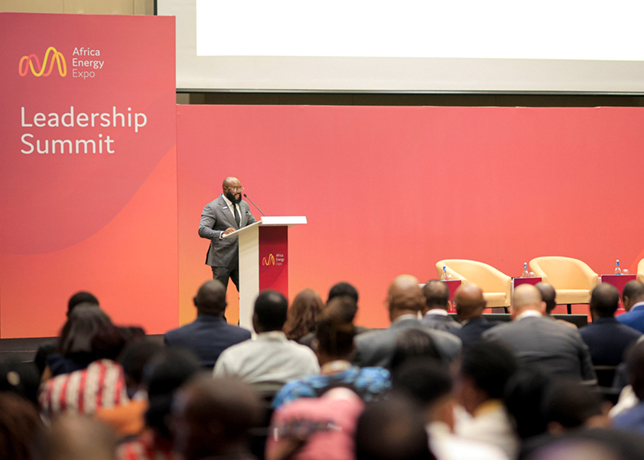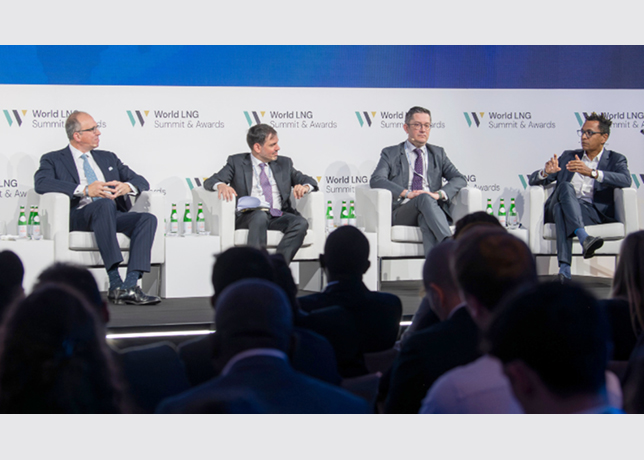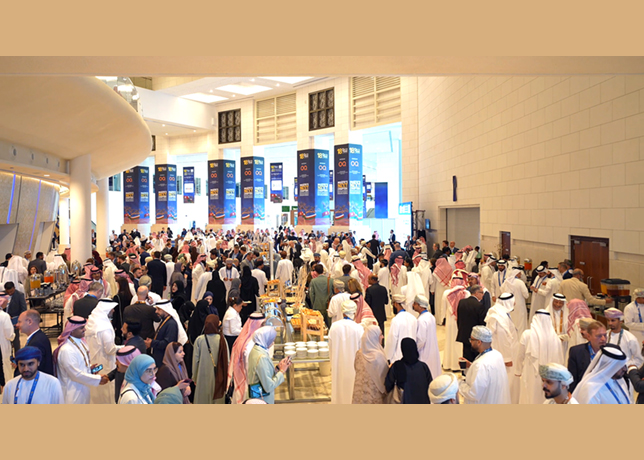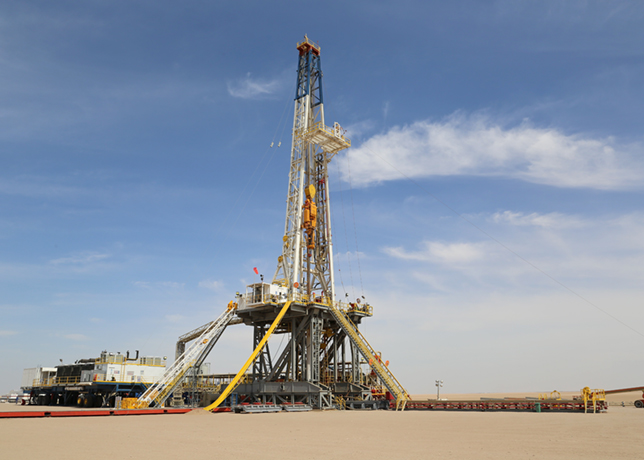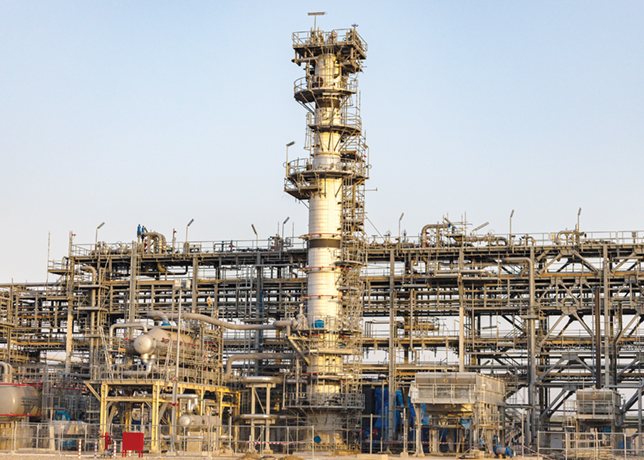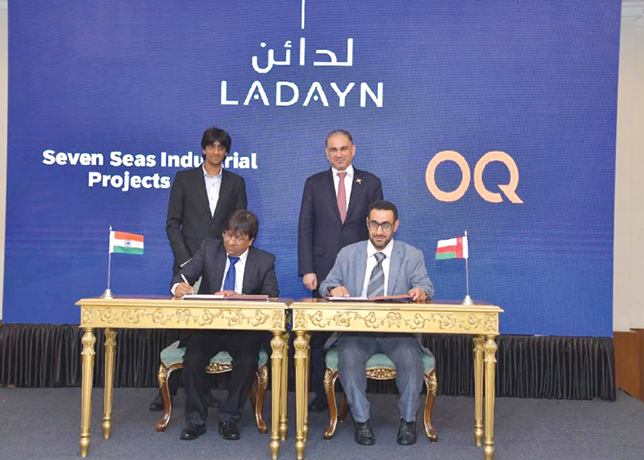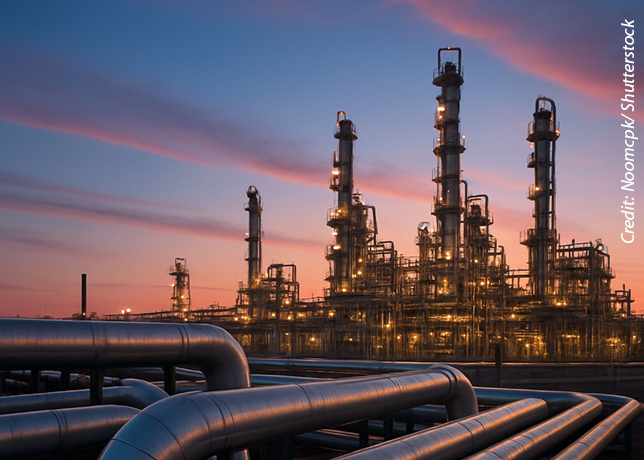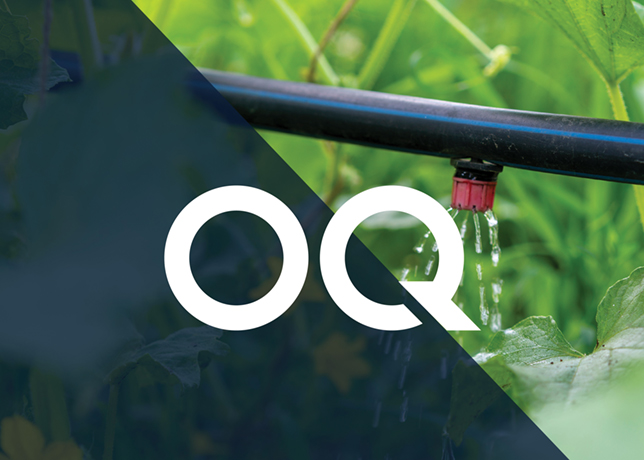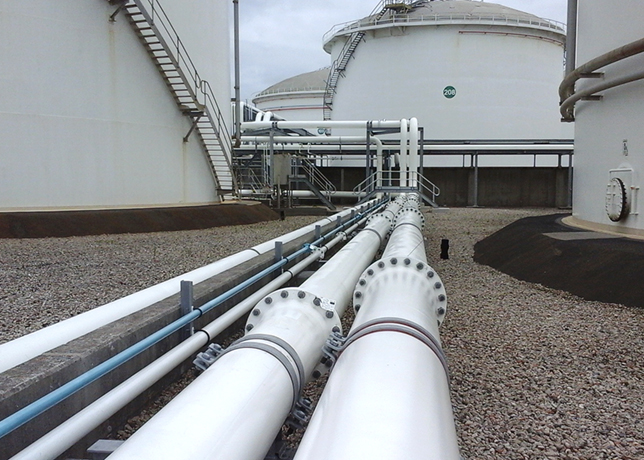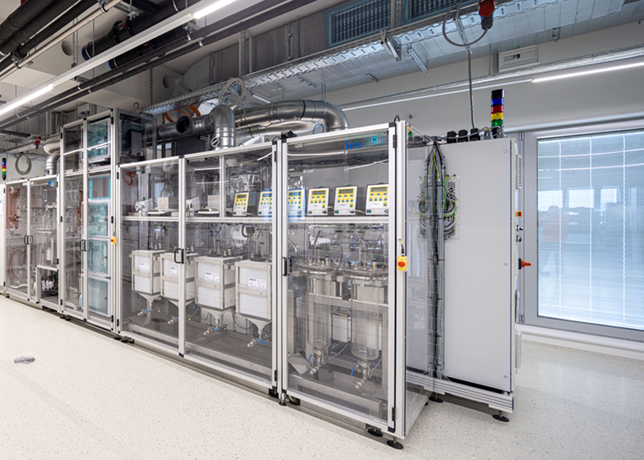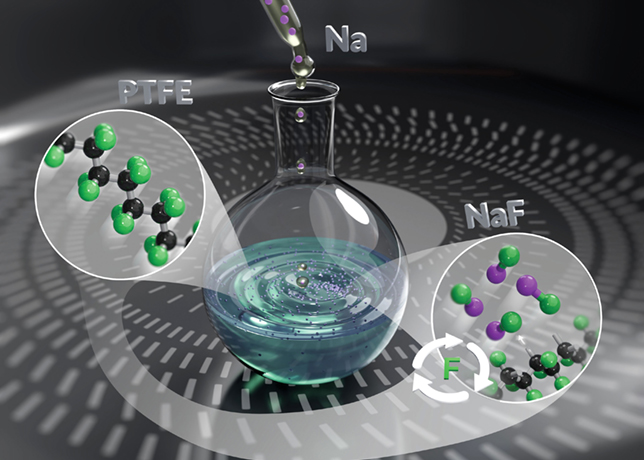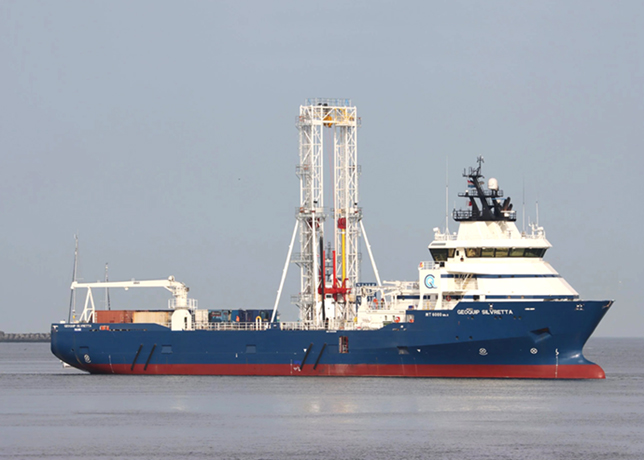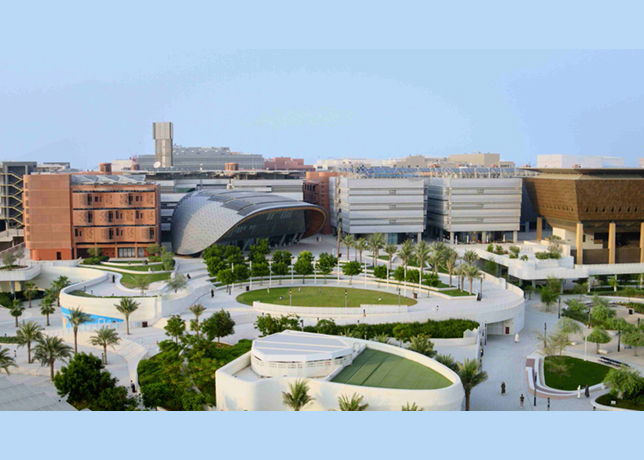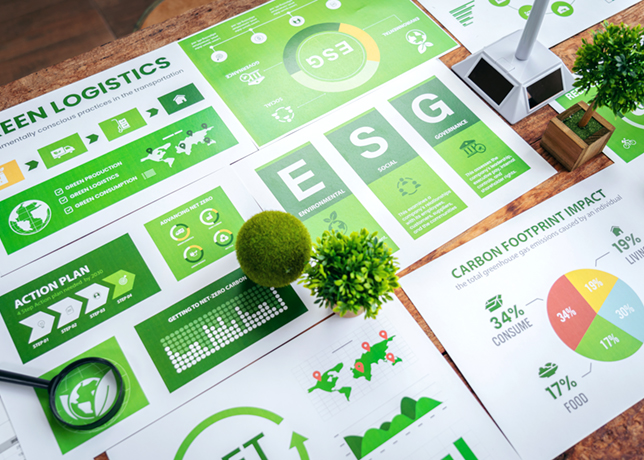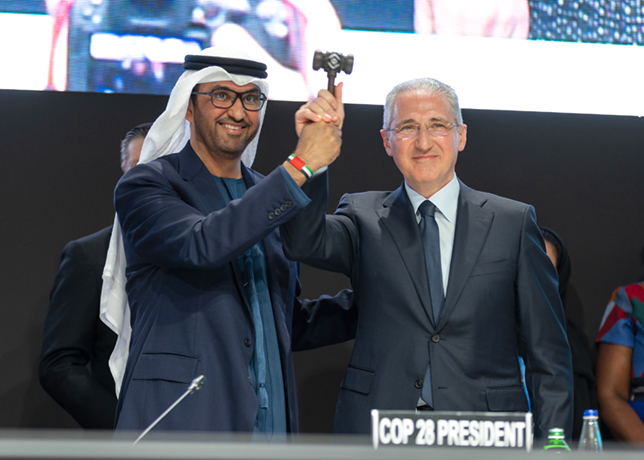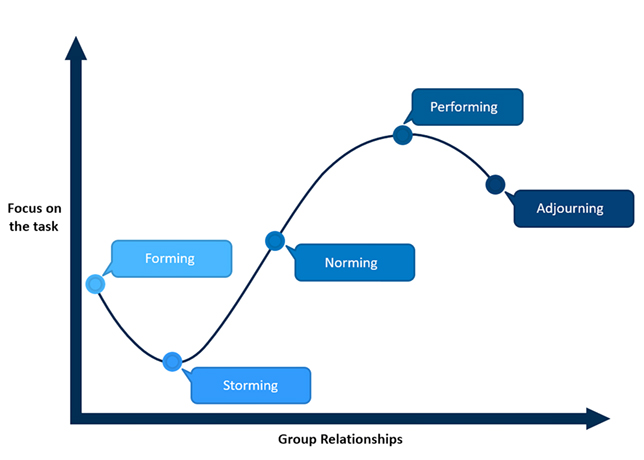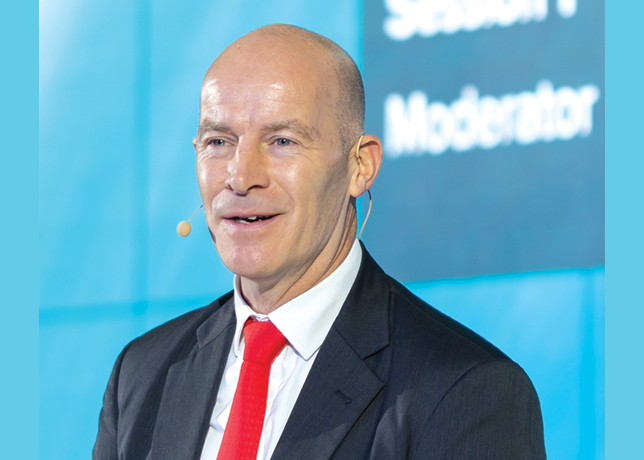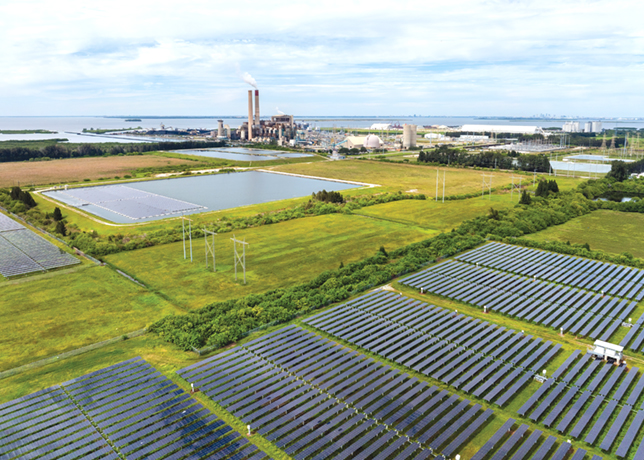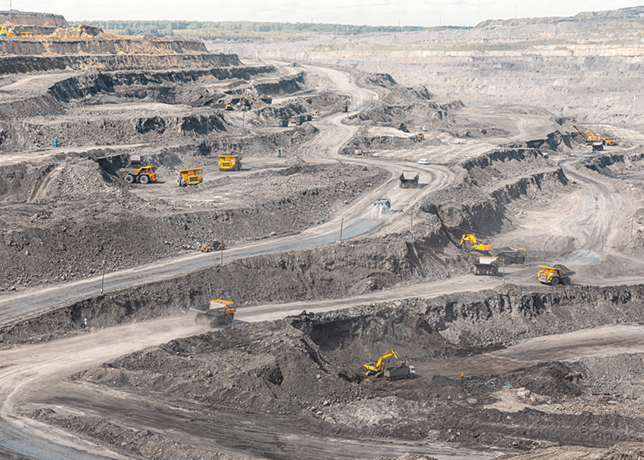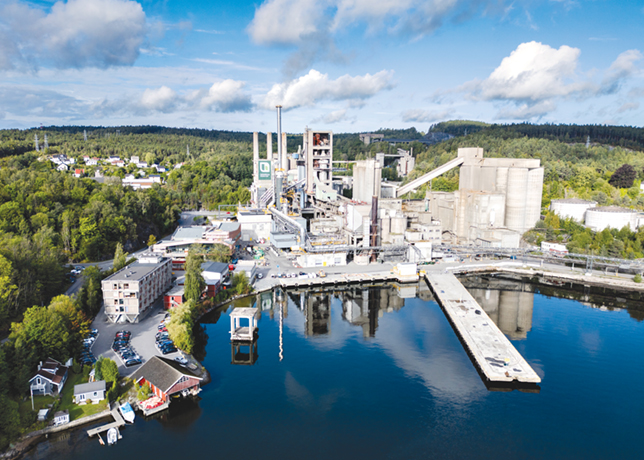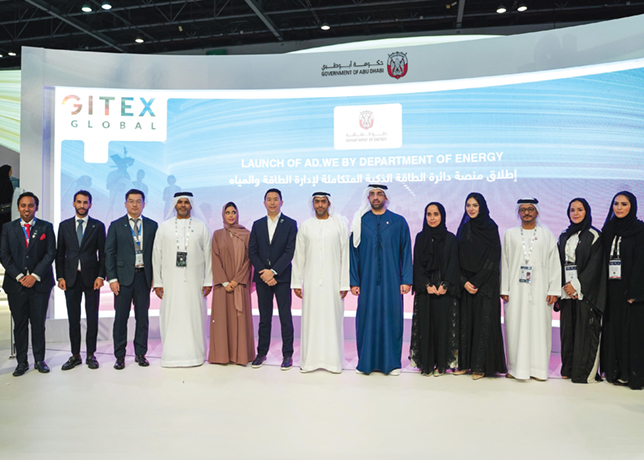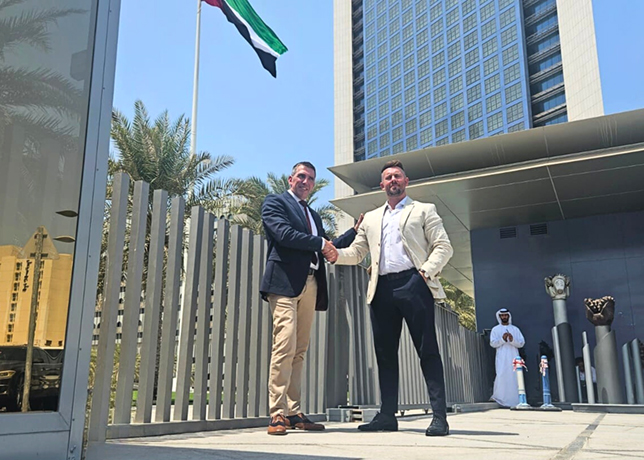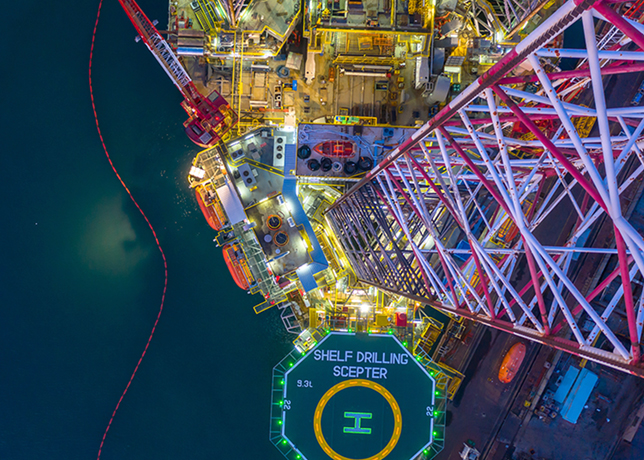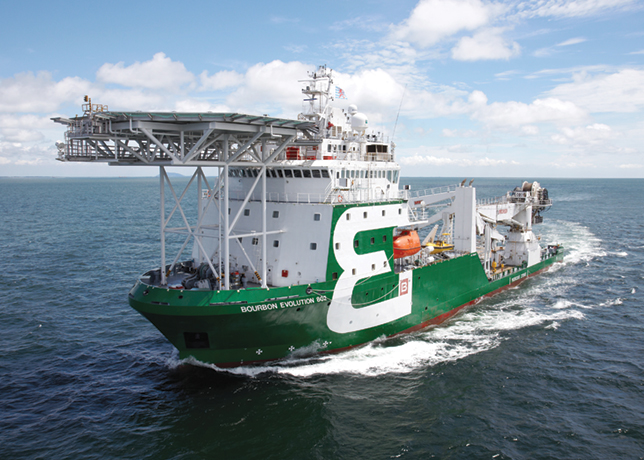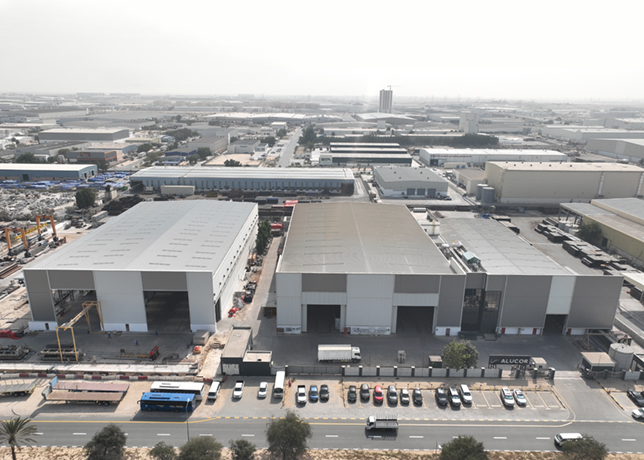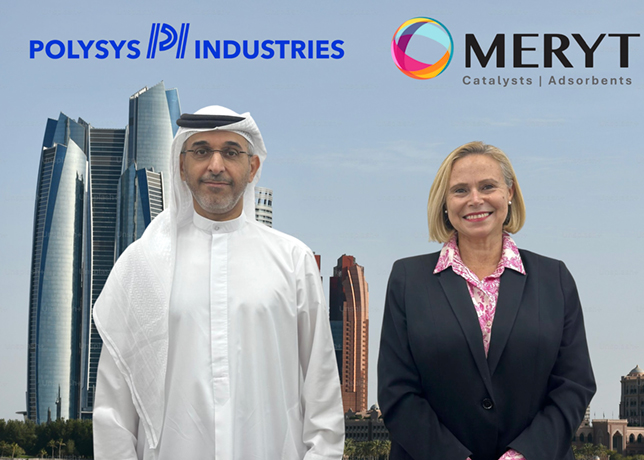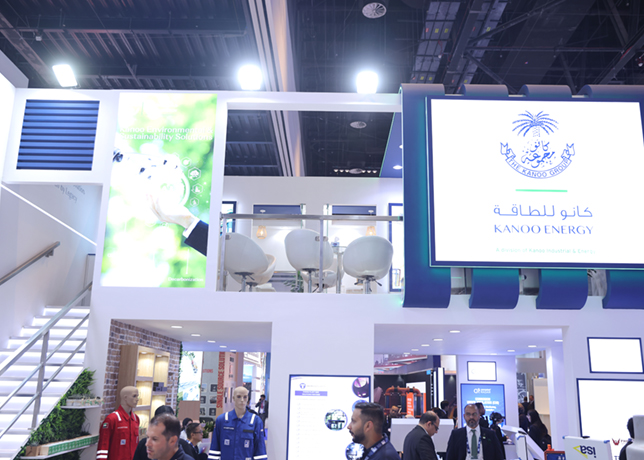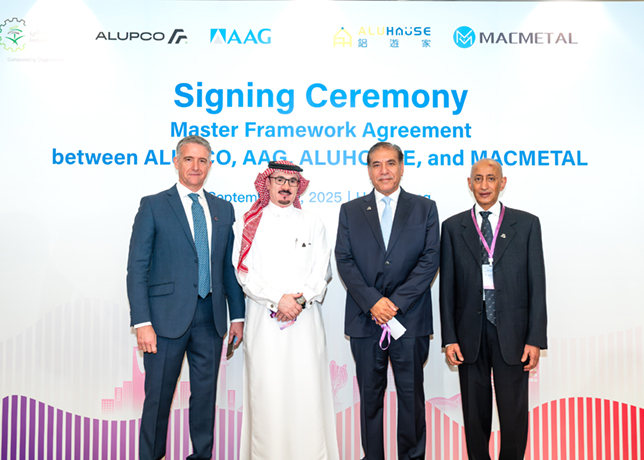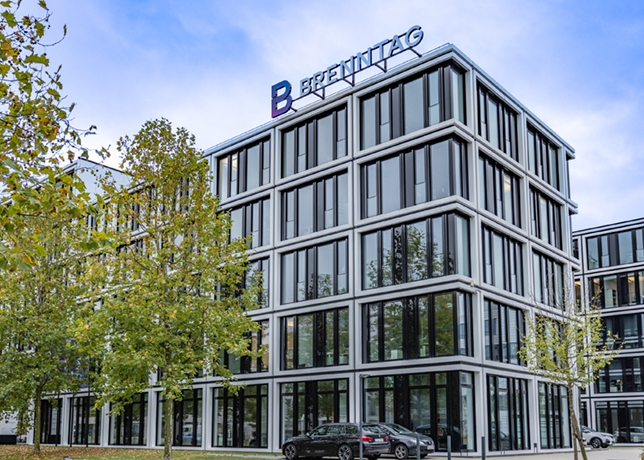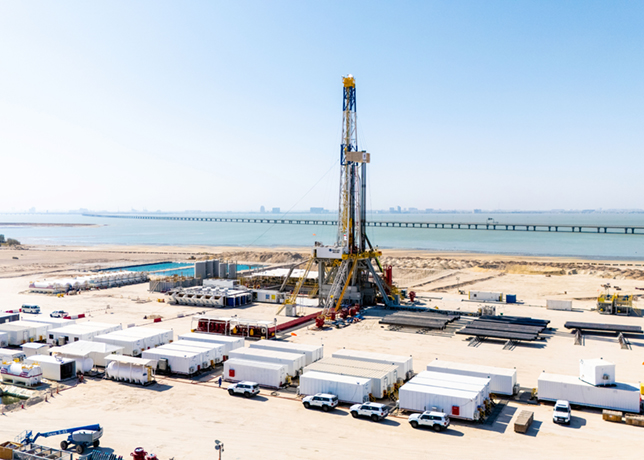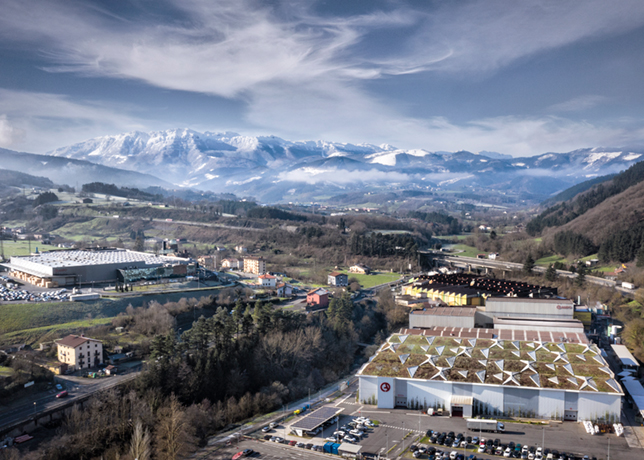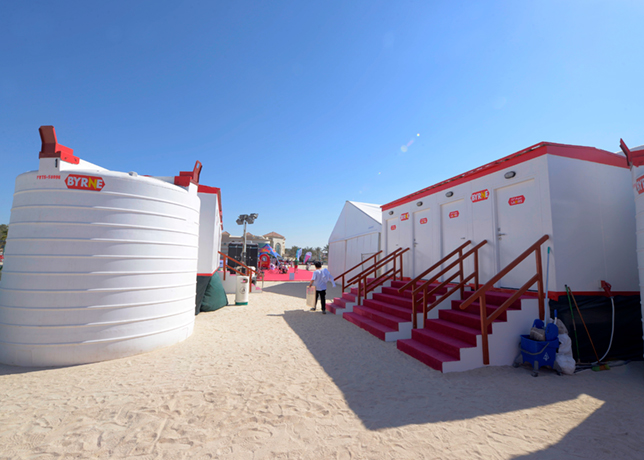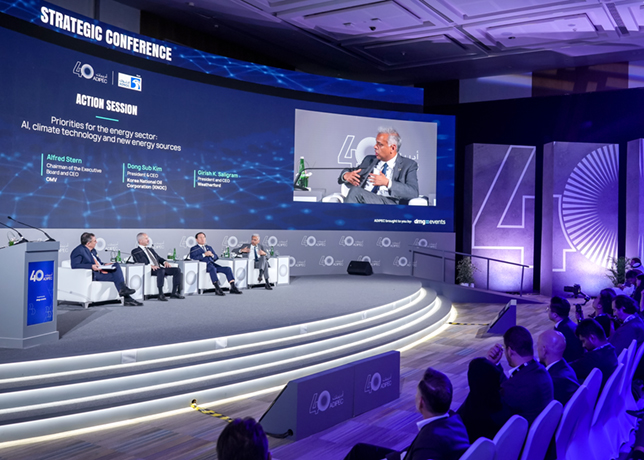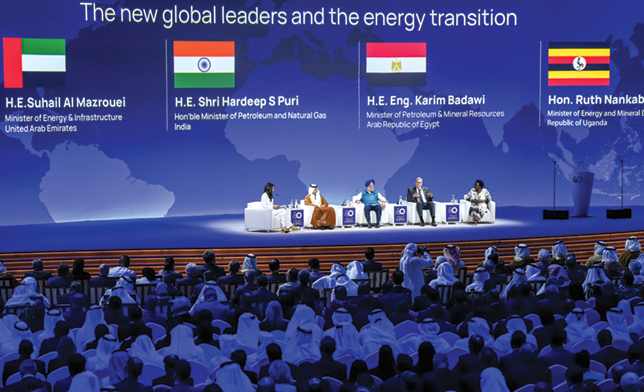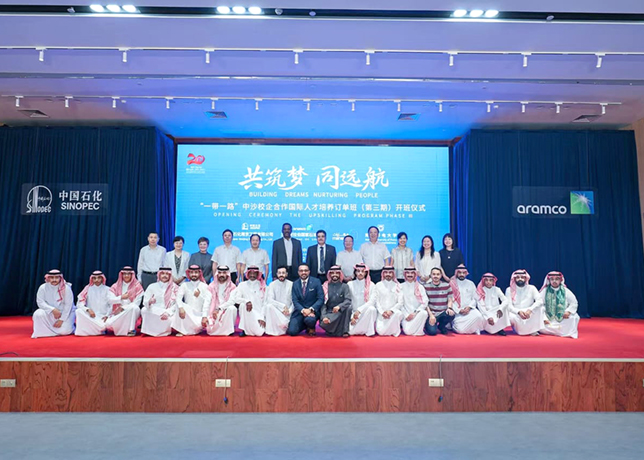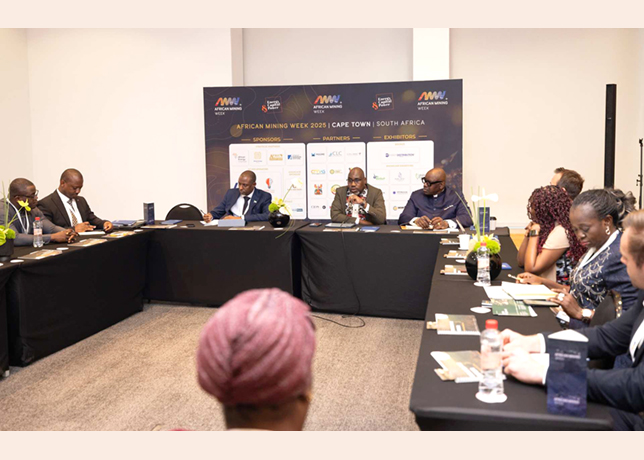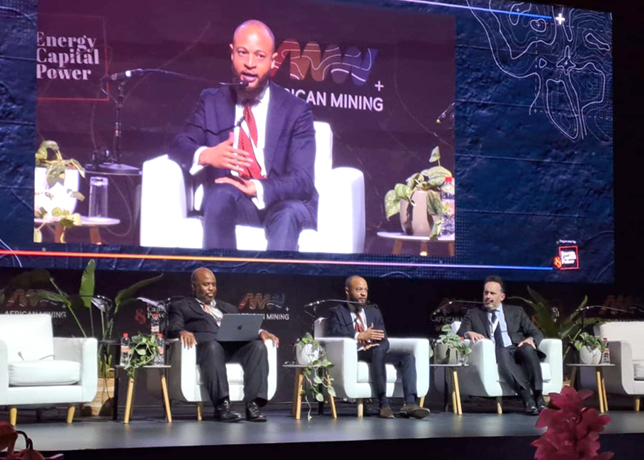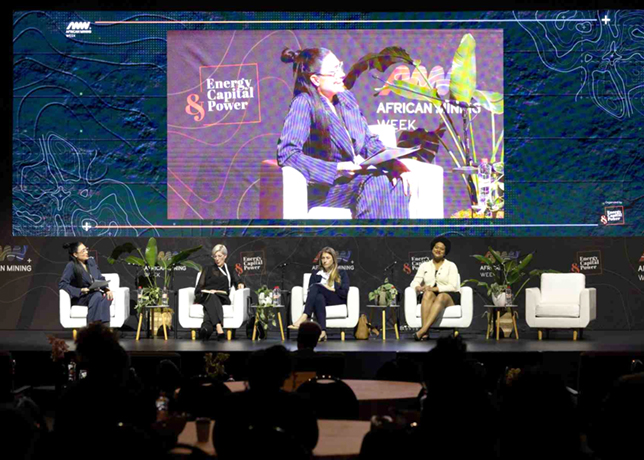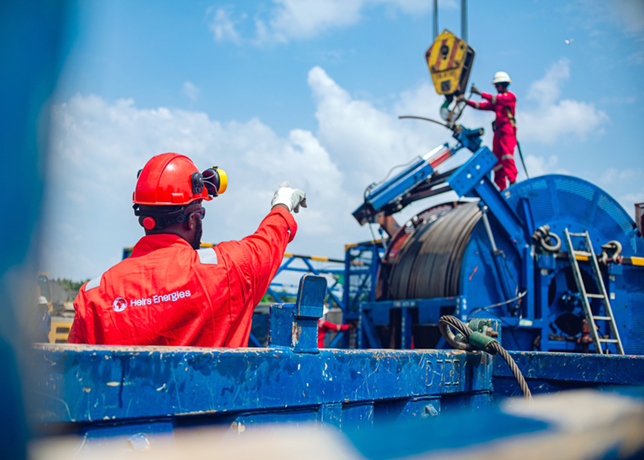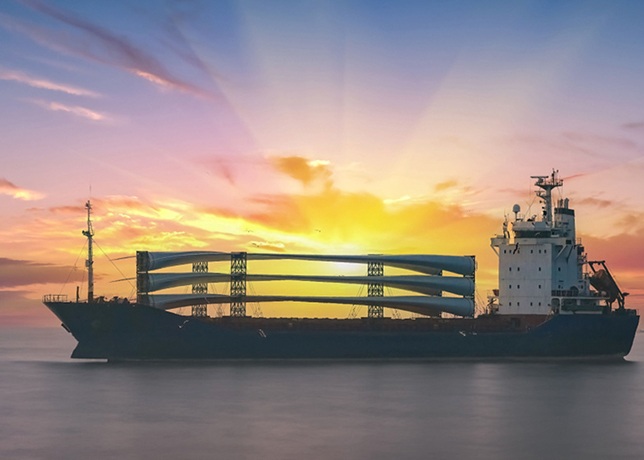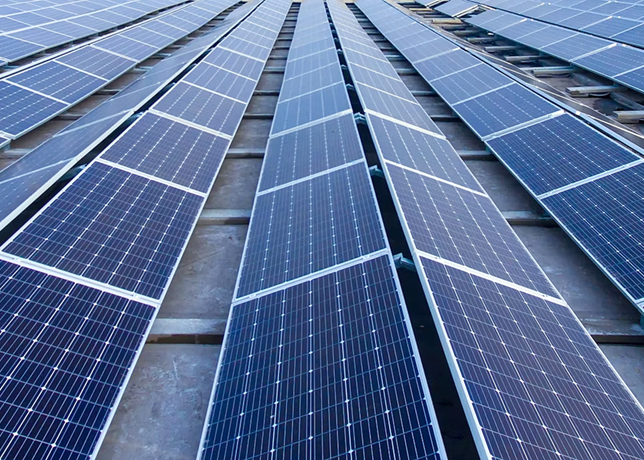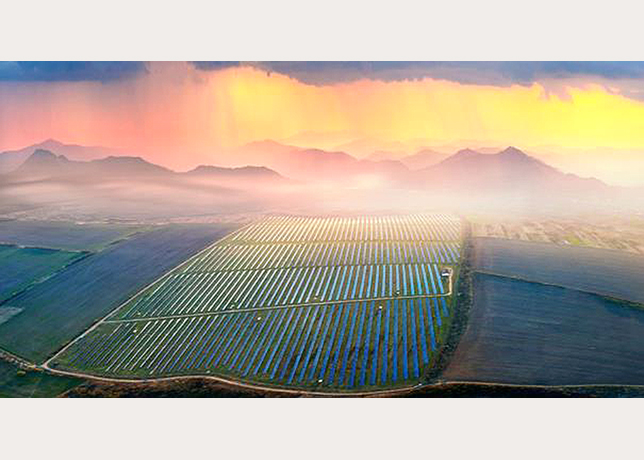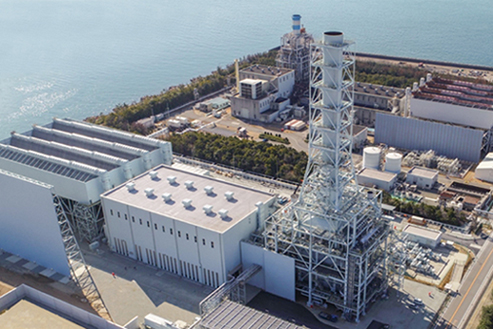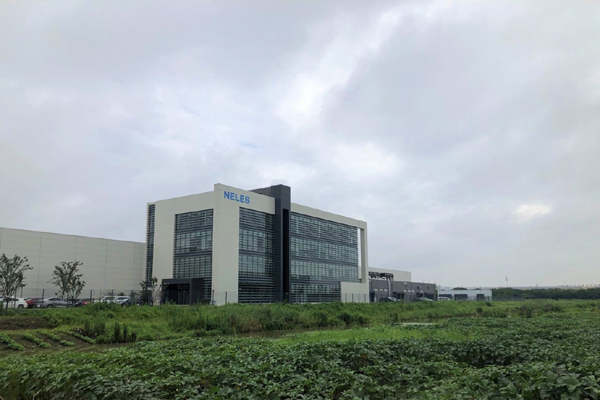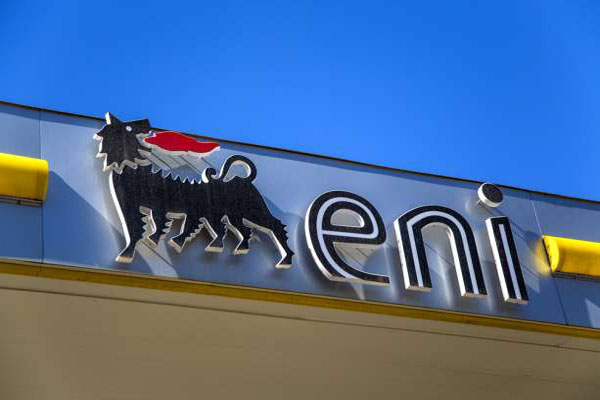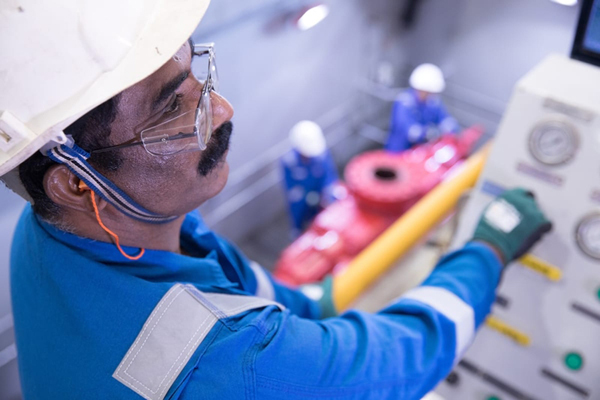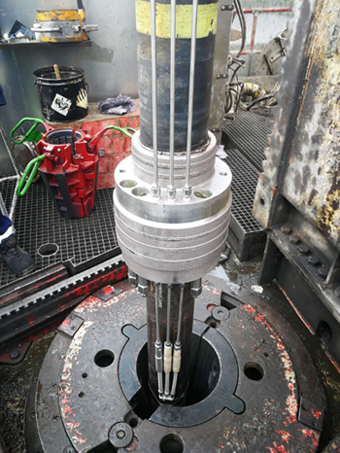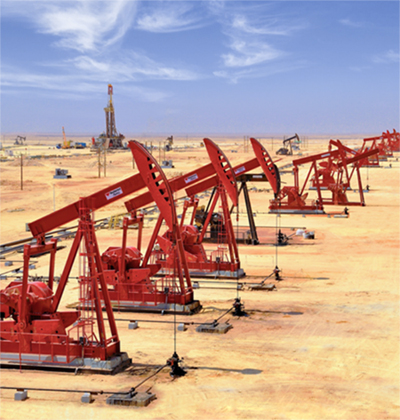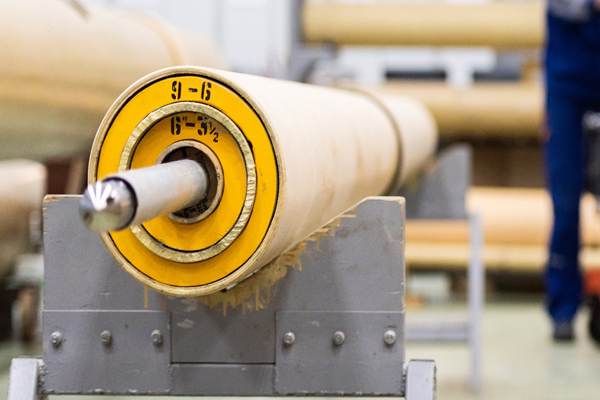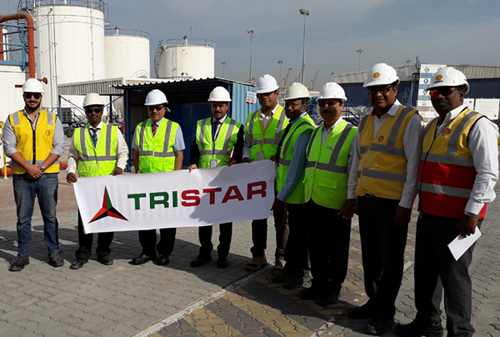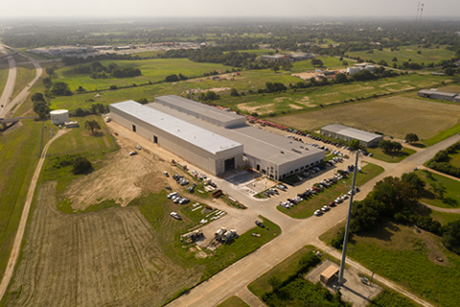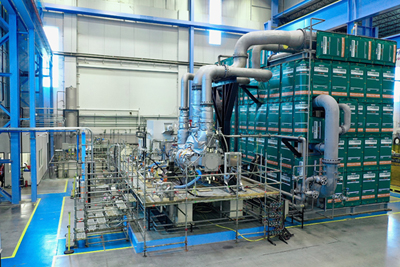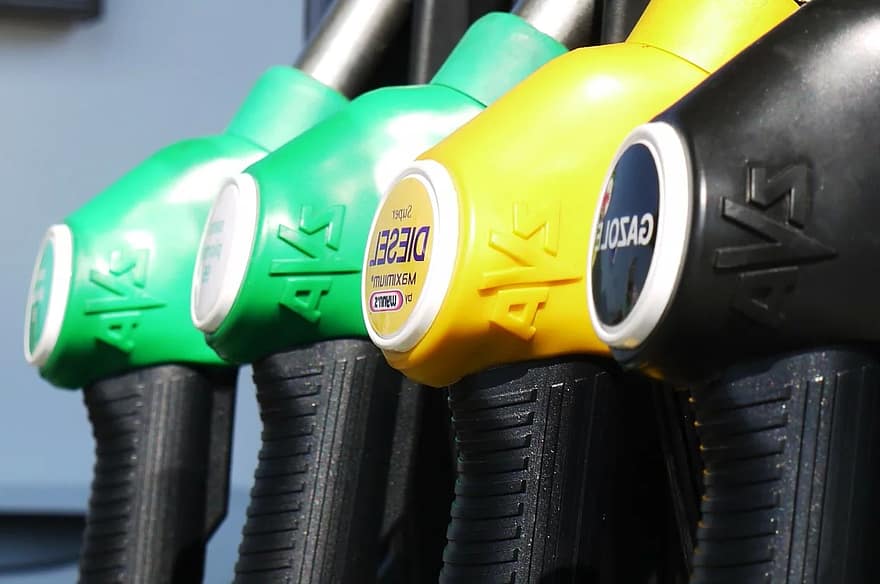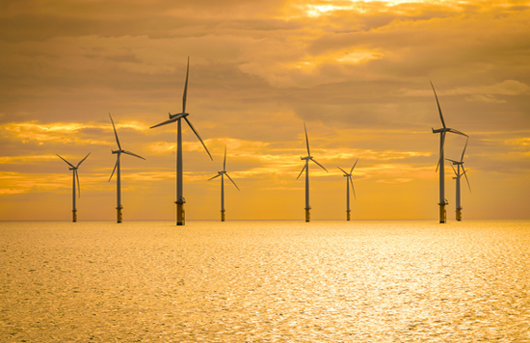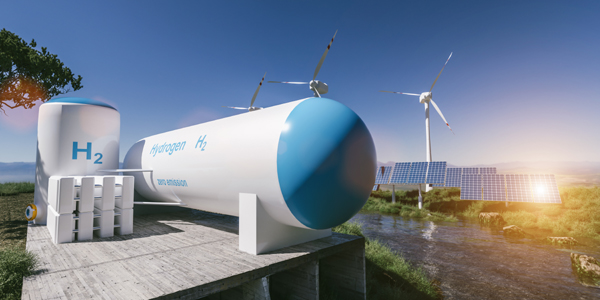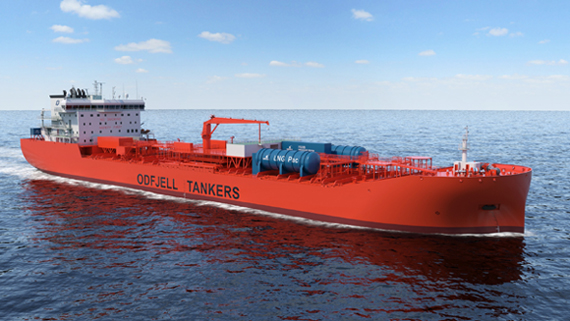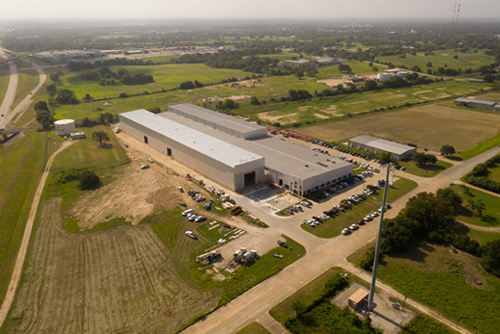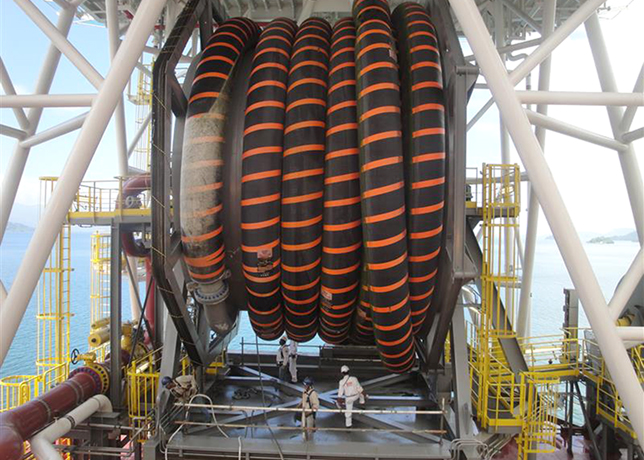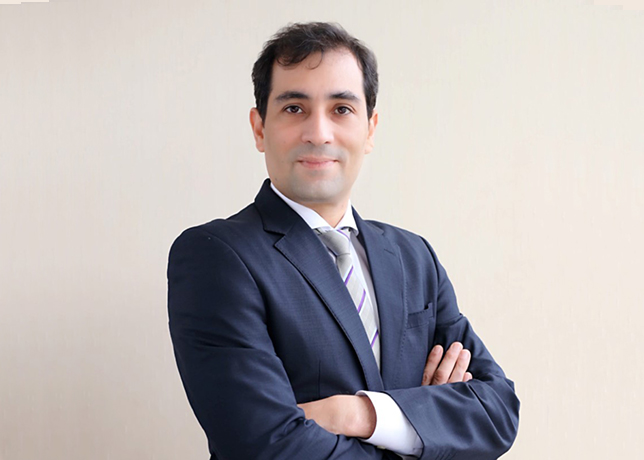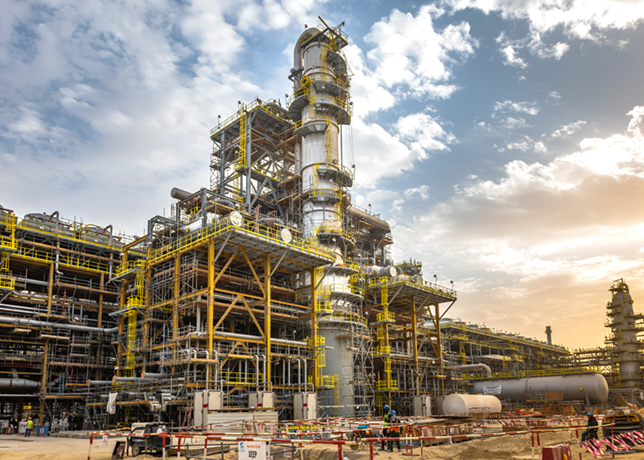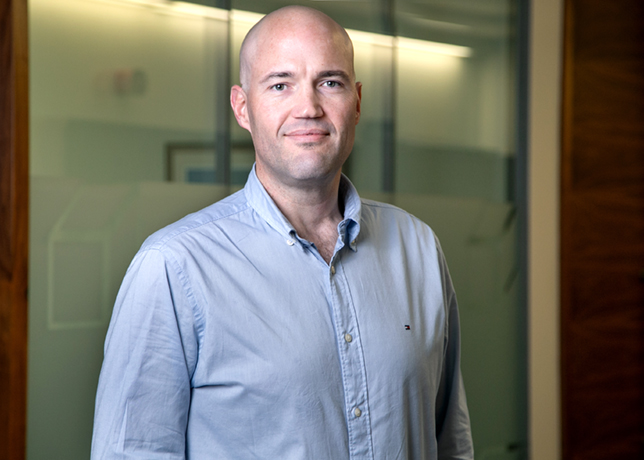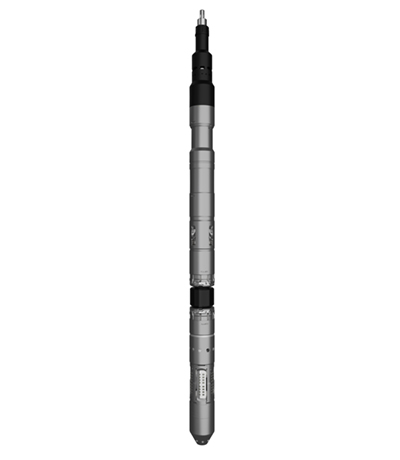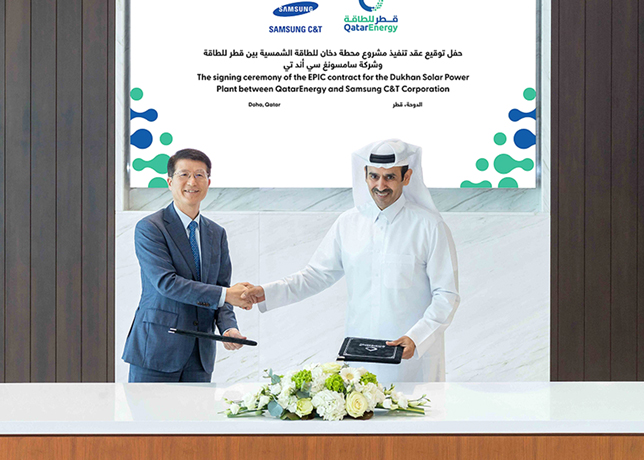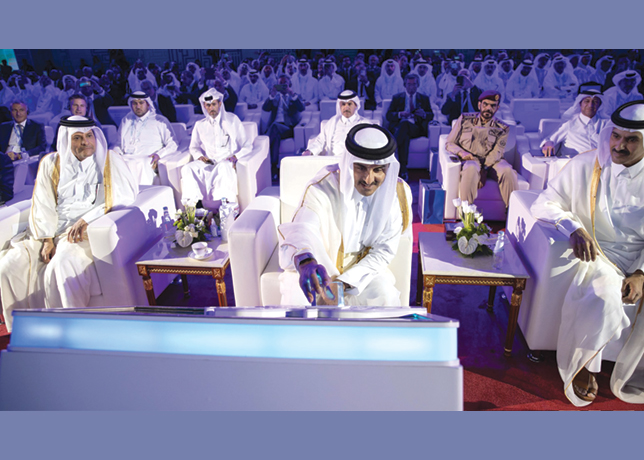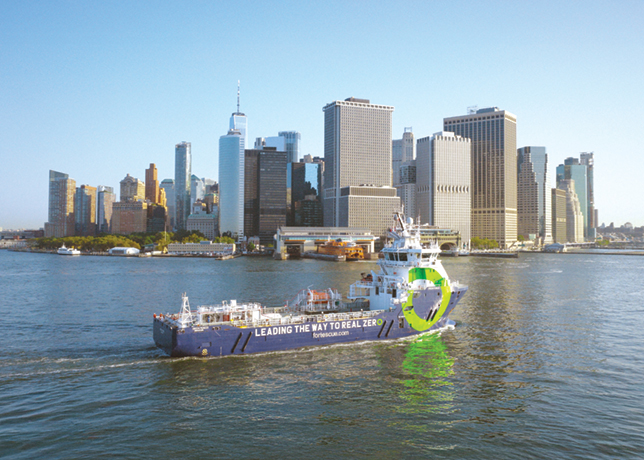
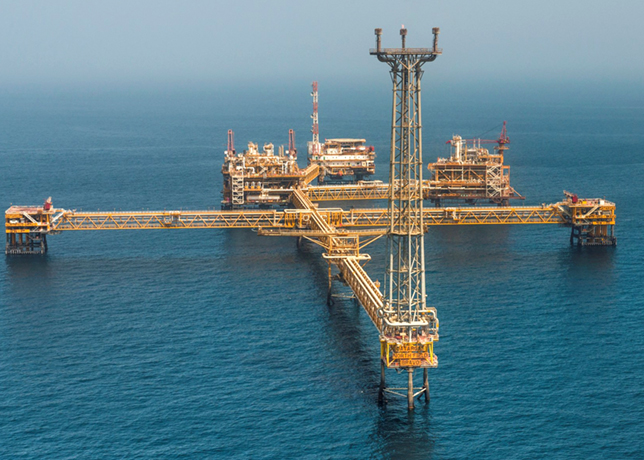 Qatar continues to invest in renewables and carbon capture but also asserts that gas will remain central
Qatar continues to invest in renewables and carbon capture but also asserts that gas will remain central
The state-owned giant pursues a dual track of investing in renewables and carbon solutions while expanding LNG dominance, with calls for a “realistic transition” that keeps fossil fuels central to global supply
QatarEnergy is redefining its trajectory, not by discarding hydrocarbons, but by embedding sustainability into every layer of its operations.
In an era where energy transition is no longer optional, the global giant is investing heavily in renewables, carbon capture, and circularity, while asserting that gas will remain central for decades.
Its updated strategy ties closely to Qatar National Vision 2030, aligning with the country’s commitment to balancing economic growth with environmental stewardship.
That balance is reflected in ambitious targets for renewables, carbon capture, and methane reductions, alongside major investments in education, food security and global partnerships.
The company frames itself as "your energy transition partner", a branding shift that underscores the dual role it sees for itself: meeting today’s urgent demand for reliable energy while safeguarding resources for future generations.
These efforts are taking shape both at home and abroad, with major projects that stretch from solar power plants in the desert to joint ventures in Africa and Europe.
CLEAN ENERGY, EMISSIONS REDUCTIONS & GOVERNANCE
QatarEnergy’s plan includes reaching 4 gigawatts (GW) of centralised renewable energy and 1.2 GW of distributed solar by 2030.
In April 2025, Amir of Qatar Sheikh Tamim bin Hamad Al Thani inaugurated two new solar PV plants in Ras Laffan and Mesaieed, adding 875 megawatts (MW) of capacity and doubling the nation’s installed solar base to 1,675 MW.
The projects are expected to cut 4.7 million tonnes of CO₂ annually and meet about 15 per cent of peak demand, with a target of 30 per cent by 2029.
QatarEnergy has also awarded a contract to Samsung to build the Dukhan solar power plant, part of its plan to secure 4,000 MW of solar by the end of the decade.
Alongside renewables, the company is advancing carbon capture and storage. A partnership with GE is exploring the creation of a carbon hub at Ras Laffan, while new LNG projects are integrating capture systems to reduce operational intensity.
QatarEnergy has pledged to cut carbon intensity in LNG by 35 per cent and in upstream operations by 25 per cent.
It has also signed up to the Aiming for Zero Methane Emissions Initiative, committing to near-zero methane emissions from operated assets by 2030.
Operational reforms extend to wastewater recycling, sulphur dioxide reduction and adoption of circular economy principles.
These initiatives are backed by 75 specific implementation plans across assets.
Governance plays an equally central role. The firm has tightened auditing and disclosure, while grappling with compliance pressures from international directives.
Saad Al-Kaabi, Minister of State for Energy Affairs and QatarEnergy CEO, said bluntly: "If the case is that I lose 5 per cent of my generated revenue by going to Europe, I will not go to Europe … I will stop sending gas to Europe."
DEVELOPMENT, EXPANSION & GLOBAL RISKS
QatarEnergy’s sustainability programme also covers social and economic growth. It invests in local talent through graduate intake schemes, community projects and the Tawteen programme, which fosters innovation in the domestic supply chain.
The company is doubling its urea production, critical for global food security, from 6 million tonnes to more than 12.4 million tonnes annually.
Abroad, it has pledged £1 billion ($1.3 billion) to UK climate technology, targeting startups in clean fuels, efficiency and carbon reduction.
Yet hydrocarbons remain central. QatarEnergy plans to lift LNG capacity from 77 million tonnes to 142 million tonnes by 2030.
Al-Kaabi has several times called for a "realistic energy transition" that combines oil, gas and renewables to balance security of supply with decarbonisation.
The company faces geopolitical uncertainty too. In mid-2025, following Israeli strikes on Iran, it convened emergency talks with global majors to assess LNG supply risks, given Qatar supplies nearly 20 per cent of the world’s LNG.
Expansion is equally international. In Namibia, QatarEnergy raised its stakes in offshore blocks with TotalEnergies, reinforcing its presence in Africa’s exploration frontier.
Analysts warn, however, that Qatar’s deep reliance on hydrocarbons for state revenues complicates its decarbonisation goals.
QatarEnergy’s strategy is thus marked by dualities: Scaling up LNG while investing in solar, building urea plants while funding climate technology abroad, pledging emission reductions while expanding hydrocarbon exports.
Whether this balancing act satisfies both climate imperatives and energy realities remains the key question.



